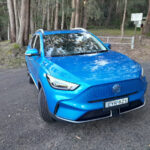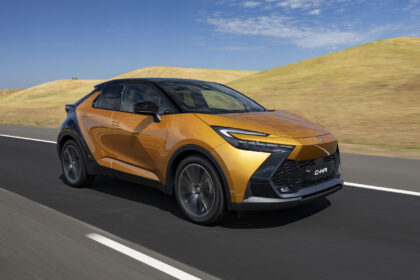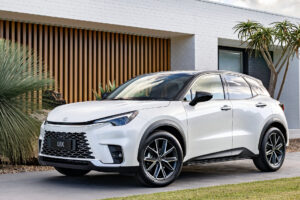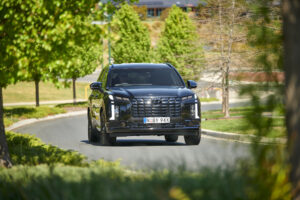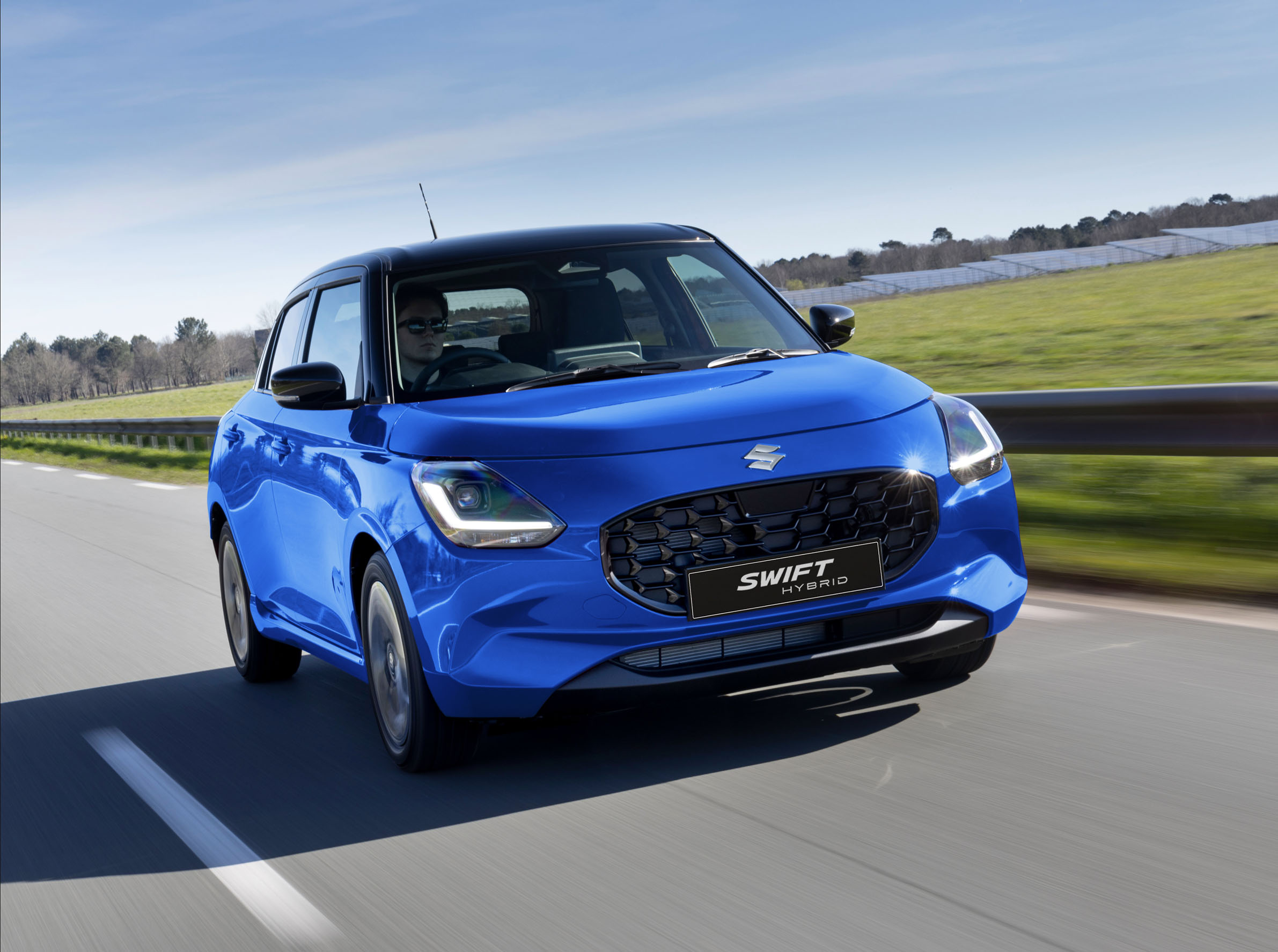
Swift might not be the most appropriate word, but after 41 years in Australia, the titular Suzuki vehicle that has consistently been near the top of the compact car segment, has gone hybrid.
Core of the 2024 Swift is a petrol / electric power system and stop / start motor created especially for improved fuel efficiency in the built environment. Core of the works is an integrated starter generator that swings into action to give the vehicle extra shove when the accelerator is pressed.
The ISG takes power from a lithium-ion battery recharged when the brakes are applied. The motor also kicks in under hard acceleration to cut the demand on the fuel supply. The petrol engine, too, has been replaced by a new unit delivering increased low-speed torque (up at 3000rpm by 10 per cent).
The new set-up was given an exhaustive (exhausting?) workout on the Queensland media launch through the back streets and highways of a chaotic Brisbane, a city in the throes of working to take on the 2032 Olympic Games.
Not surprisingly, the stop / start system got a real workout, which it appeared to relish.
Needless to say, with a three-cylinder engine of 1197cc (60.8kW at 5700rpm) overtaking was restrained but the low-down pulling power (111.8Nm at 4500rpm) plus the benefit of the ISG, had the CVT automatic transmission making good time off the mark.
Fuel consumption is claimed by Suzuki to be 3.8 litres per 100 kilometres on the combined urban / highway cycle. On the 60km-plus launch drive with five cars the average recorded was between four and five litres per hundred kilometres.
The new Swift comes in four variants featuring either a five-speed manual transmission or CVT. Prices start at $24,490 for the entry-level manual, with the CVT adding $1000.
Top-rated GLX is $27,990.
The new Swift trumps its predecessor with superior comfort, infotainment and driving experience. Looks are generally within the small-car playbook, the latest model sporting a new-style piano black grille and L-shaped lights that merge into flowing body lines.
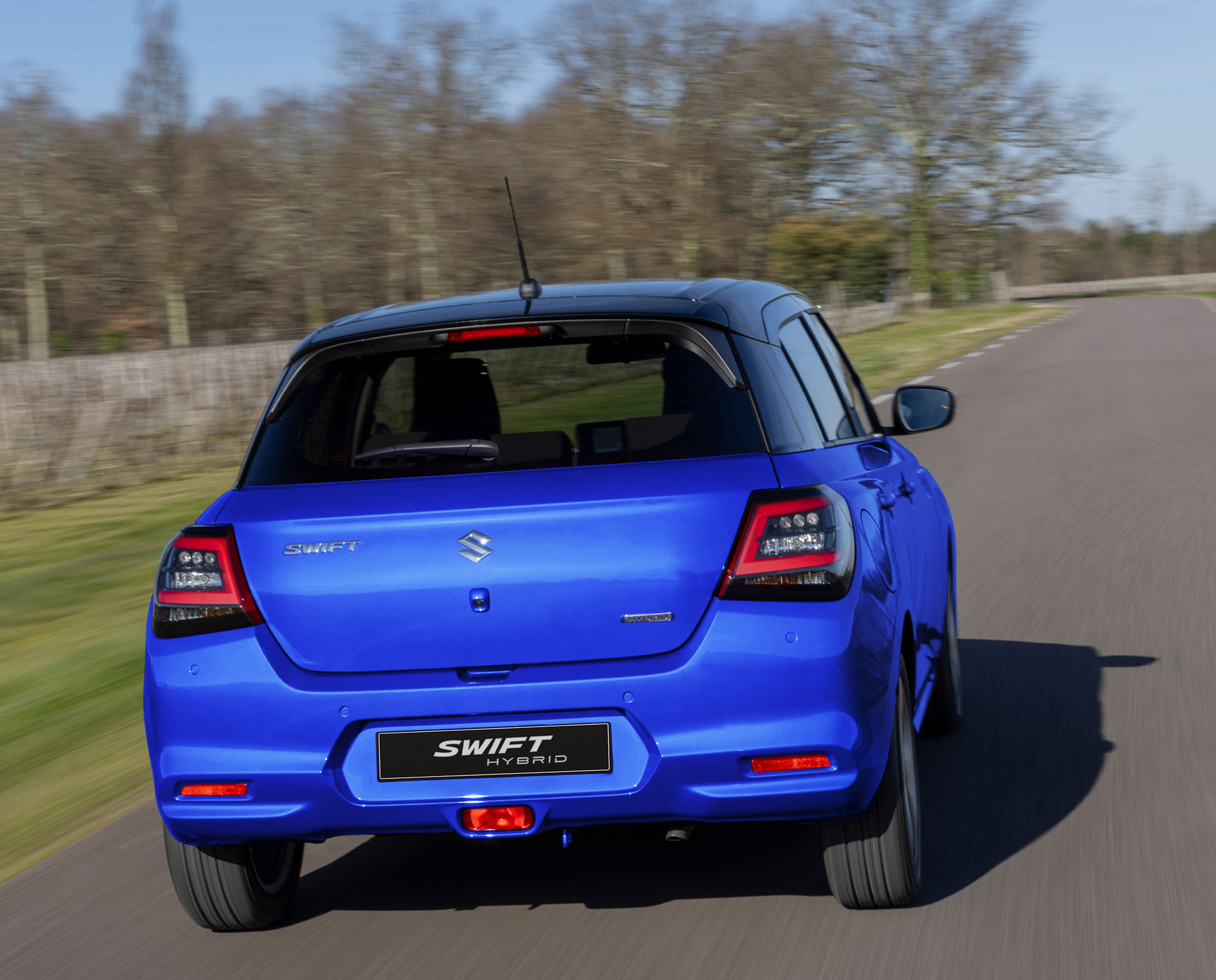
The Swift Hybrid maintains the wheelbase, width and height of its predecessor, but gains 15mm in length and more cargo space through the push-back of the rear hatch. Inside, the black and grey colour scheme pulls together all elements of the driver’s controls.
Front seats have been reshaped, while a 9-inch infotainment display sits atop the central dashboard offering USB and wi-fi connections, featuring satellite navigation, Apple CarPlay, Android Auto and DAB+ audio.
Also displayed are vehicle performance data, including fuel level, cruising range, warnings and rear-view camera vision. Other features include steering-wheel-mounted audio and phone controls, trip computer, keyless start, leaving headlight function, privacy glass on rear windows, traffic sign recognition; Type A and C USB ports on the Swift Hybrid Plus and GLX; high beam assist and LED daytime running lights.
The new Swift Hybrid incorporate active and passive safety systems stamping the fifth generation as the safest on record. These come within Suzuki’s Heartect platform which leads compact car design in dispersing impact energy in a crash.

The Swift Hybrid is stocked in pure pearl white but has the option of being ordered in the colours of the Hybrid Plus and GLX. These include premium silver metallic, flame orange pearl metallic and a two-tone with blue pearl metallic with black pearl roof.
All Swift Hybrids are covered by a five-year warranty, which also takes in the lithium-ion battery. Suzuki considers major rivals to include MG3, Mazda 2 and Yaris across all age brackets, probably with those looking for a little more room as in the new Swift.
AT A GLANCE
MODEL LINE-UP
Swift Hybrid 5sp manual: $24,490
Swift Hybrid CVT: $25,490
Swift Hybrid Plus: $26,990
Swift Hybrid GLX: 27,990$
Note: this price does not include government of dealer delivery charges. Contact your local Suzuki dealer for drive-away prices.





